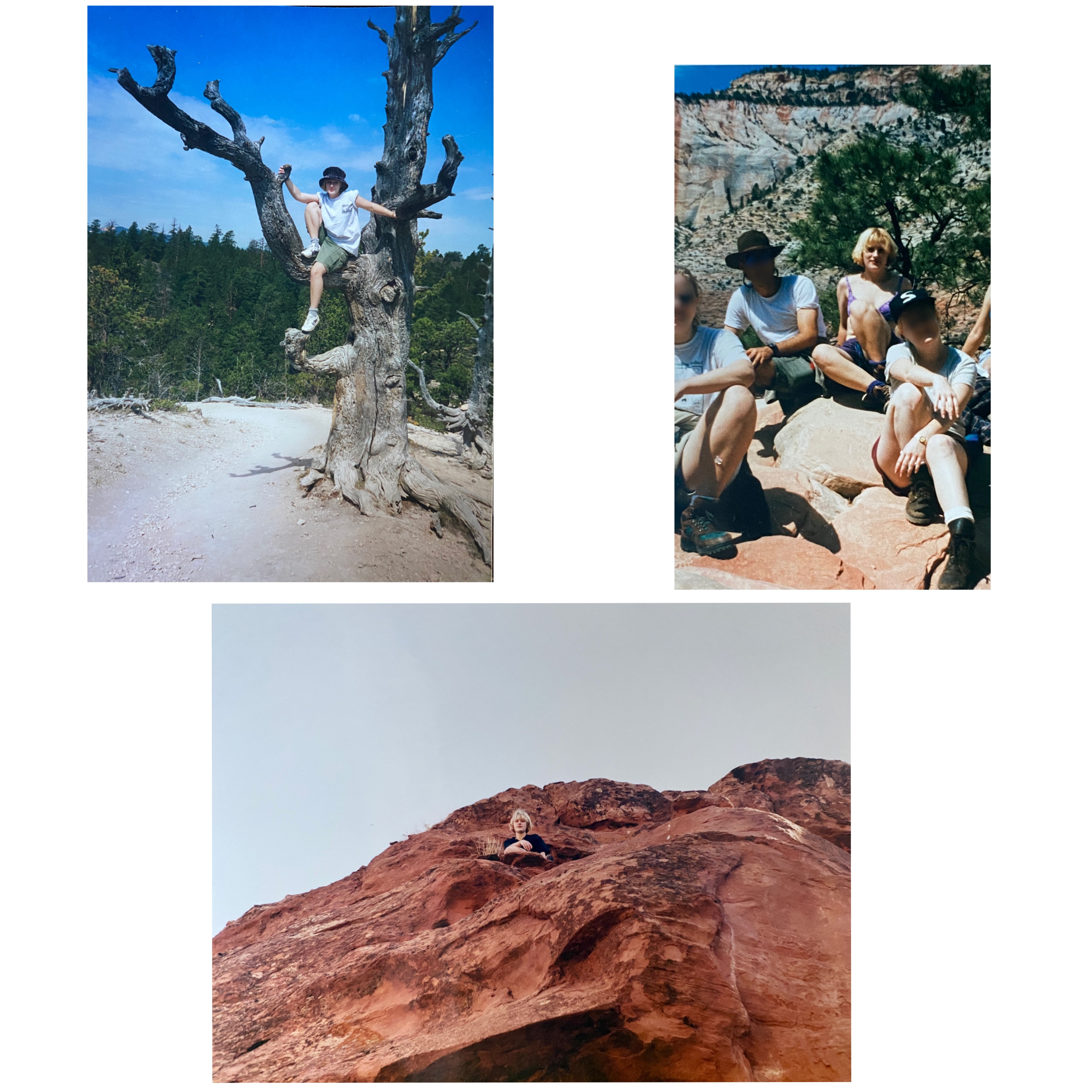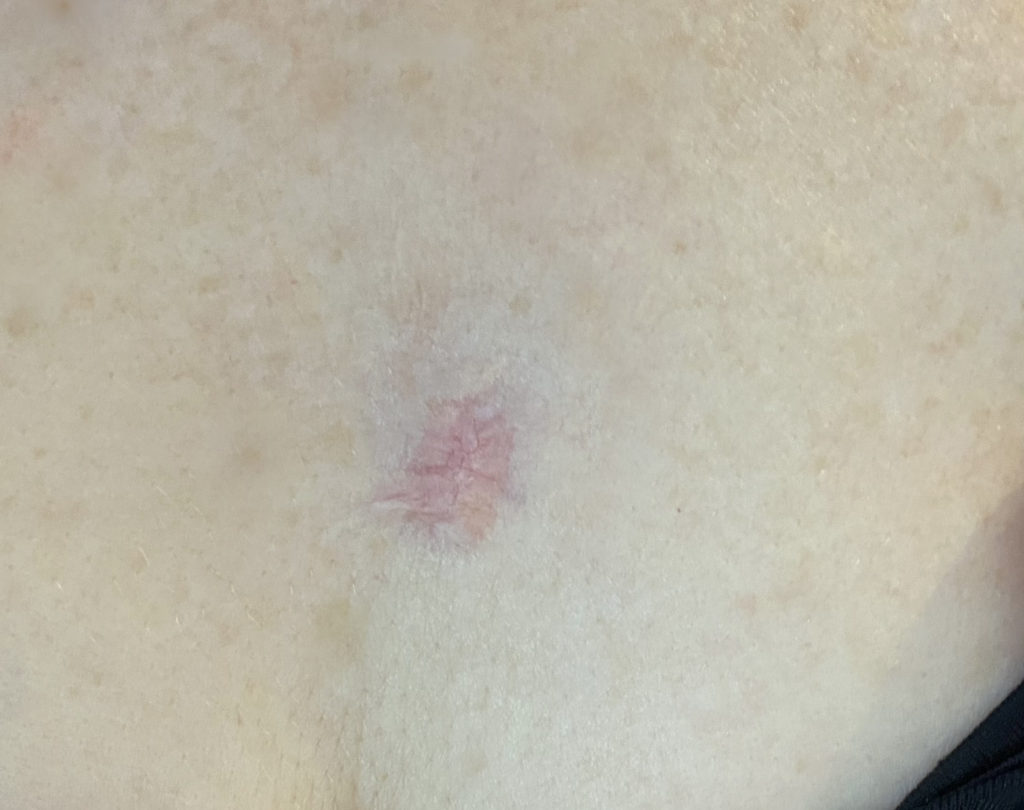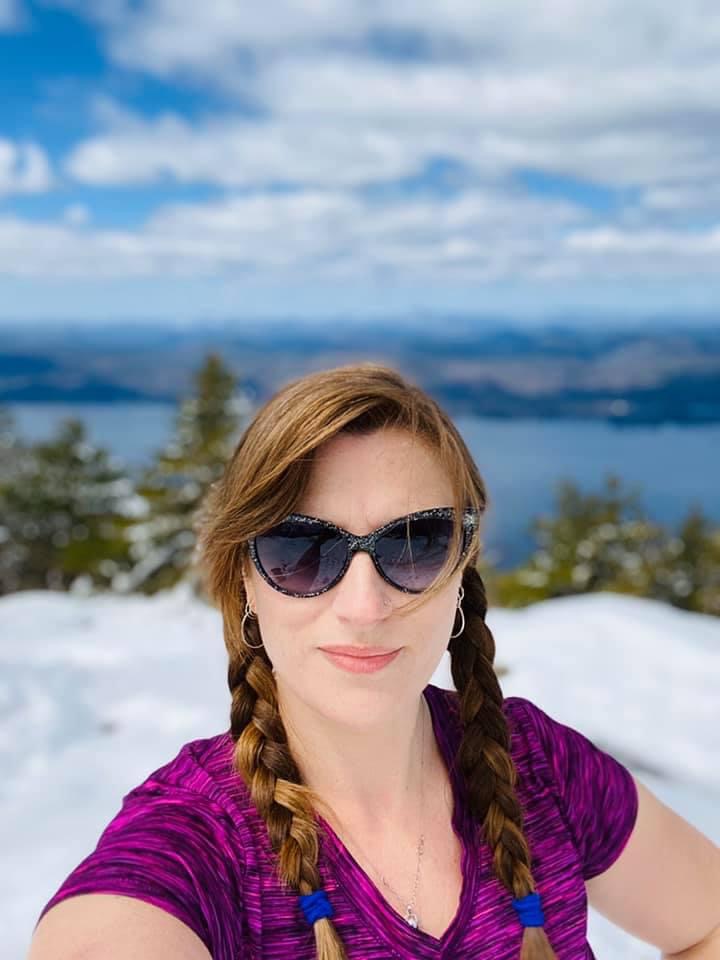Did you know? I didn’t…
For every 1000 feet of elevation gain, UV exposure goes up 25-35% as compared to sea level. Just 6 minutes on an open summit on clear day can be enough exposure to ultraviolet radiation to cause a burn and future cancers.
https://www.vanguardskin.com/sun-protection-at-high-altitude/
I vaguely remember hearing something like this in my early 20’s when I spent a few summers hiking and free climbing in southern Utah. But I definitely did not heed the warnings back then. Now, as the high peaks are calling to me, I’m learning to be more conscientious.

So why am I writing this? Last March, I shared a lengthy post on my private FB page about a personal health concern. A year later, I am still dealing with it so as we head into spring, I figured it was of some value to share and expand on. There won’t be a lot of pretty pics in this post- just skin cancer.

”PSA- as spring approaches I think this is worth sharing. This, my friends, is Basal Cell Carcinoma. The totally not a big deal type of skin cancer, but still, skin cancer. I’ve had it and ignored it for about 2 years now, thinking it was just eczema or something. For decades I have worn sunblock on my face 365 days a year no matter the weather. I hate my freckles and never get color and I think it is part of why people tend to think I’m younger than I am. But I’m a pale sensitive skinned dumbass and don’t care for the skin on my chest. A couple of early spring days in a v-neck T- brighter sun than expected- boom-sunburn. Boom- skin cancer. So tomorrow I will get this carved out my cleavage- super sexy I know 🥴- and then it will heal and I’ll be done. I’m lucky it’s not melanoma. So so lucky. Point is- if you don’t already, it is time to use quality sunblock ALL OVER and get checked by a dermatologist.”
Let me say immediately that I am fine and there is no reason for concern, thankfully. These things are minor annoyances right now because I am dealing with them before they become a risk.
You may think based on the paragraph below, that this is only a concern for the elderly. But it’s never to early to start prevention strategies, so please read on no matter your age!
“Most basal cell and squamous cell carcinomas typically appear after age 50. However, in recent years, the number of skin cancers in people age 65 and older has increased dramatically. This may be due to better screening and patient tracking efforts in skin cancer. Younger people can also develop non-melanoma skin cancer, especially if they have fair skin, an inherited (genetic) syndrome that puts them at high risk, or been exposed to significant amounts of radiation or UV radiation from the sun. Merkel cell cancer is most common in people older than age 70.”
https://www.cancer.net/cancer-types/skin-cancer-non-melanoma/risk-factors-and-prevention
So I was partially correct on Facebook last year. I’m healed, but I’m not done.
I was diagnosed with Basal Cell Carcinoma, a minor type of cancer that should be removed before it spreads (although spread to other organs is rare). The procedure was called “Curettage and electrodesiccation (electrosurgery)”. I was told that it is a simple and minor procedure that would leave me with a small white scar. Ok, no problem, I thought. Read details about it here:
The procedure was not fun but not terrible (scrape the flesh, burn it, repeat) but the result was not as expected. The wound looked like a cigar burn for several weeks. Since it healed, I have spent the last year using scar creams and wearing silicone scar strips every day to reduce the scar. But it is still worse than I thought it would be. Raised, hard, deep red and itchy. I finally went to a dermatologist/plastic surgeon to get it reduced. One shot of a steroid has softened and flattened it significantly and its not the angry red from before.

I think it will take 2-3 more shots to minimize it as much as possible. It’s ugly, right there in the center of my sternum, but at the least the cancer is gone. And its a good excuse to break out some of the very bold and fantastic vintage necklaces from my grandmother that I have been too lazy to wear lately.
That visit to the plastic surgeon also led to another procedure on my face (WAY MORE INTIMIDATING!) . I have a spot on my cheek that has grown over the last several years and the skin around it is troublesome. It is potentially a Squamous Cell Carcinoma and it’s got to go. This time, the procedure is an incision, removal of a chunk of skin, and stitches- On. My. Face. Plastic surgeon dude… do your thing.
Skin cancer is one of those things I feel swirls around in the periphery but maybe some of us don’t pay enough attention to it until it is almost too late. Sure we slather our kids and maybe ourselves with sunblock to reduce the discomfort of a burn, but do we really think about the long term affects? I know I didn’t when I was young. I wore big hats a lot only because I hated my freckles and I never really laid out because a nice tan has never been in my genetic cards. I started using a moisturizer with sunblock on my face every day in my mid 20’s for vanity’s sake and I have never once been burned since, but I’ve managed to get plenty of burns everywhere else. I only really focused on the skin cancer element when my daughter was born and I was paranoid for her. And yet, last year was the first time I went to a dermatologist EVER and I had cancer anyway. If I was a sun worshipper in my teens and 20’s, I can only imagine how much worse it could be for me now. So I share this in hopes that readers who are younger will keep it in mind and protect themselves now and forever. And for those mid-lifers who have never been checked by a dermatologist, please do. And if you’ve found and read this far into this post, it’s likely that you are eager to get outdoors and take in some spring sunshine like we are, so there is some info and strategies to put in place.

Snow is highly reflective. On a sunny day, clean fresh snow can reflect up to 90% of UV radiation. This means that you can be exposed to almost a double dose of UV – directly from the sun and bouncing off snow-covered surfaces.
https://www.sunsmart.com.au/protect-your-skin/at-the-snow
I don’t always wear sun hats when we hike- I have thick hair and it’s just too hot- but I always wear zinc based sunblock. I even spray it on my part when I braid my hair and hopefully remember the back of my neck. I put sunblock on my face when I ski, even though I’m covered in a helmet, goggles and face mask. The first year we had Floki, I didn’t always put sunblock on for an early morning walk and I started to notice age spots. Bummer. So basically, I never leave my house without it now.
With spring weather upon us, its important to keep in mind how the sun can affect us, both in every day life, and with the added elements of snow and elevation gains. Follow these tips below to stay safe, and keep it up 365 days a year. And don’t forget the lips and hands! Skin cancers can grow on both and they are often the dead give away for age even if the face is not.
~Anne
Skin cancer is the most common cancer in the United States. These tips are provided by the Skin Cancer Foundation and can be found at www.skin cancer.org
- Seek the shade, especially between 10 AM and 4 PM.
- Don’t get sunburned.
- Avoid tanning, and never use UV tanning beds.
- Cover up with clothing, including a broad-brimmed hat and UV-blocking sunglasses.
- Use a broad-spectrum (UVA/UVB) sunscreen with an SPF of 15 or higher every day. For extended outdoor activity, use a water-resistant, broad- spectrum (UVA/UVB) sunscreen with an SPF of 30 or higher.
- Apply 1 ounce (2 tablespoons) of sunscreen to your entire body 30 minutes before going outside. Reapply every two hours or after swimming or excessive sweating. Find sunscreen by searching our Recommended Products.Keep newborns out of the sun. Use sunscreen on babies over the age of six months.
- Examine your skin head-to-toe every month.
- See a dermatologist at least once a year for a professional skin exam.
- Get all the details: Your Daily Sun Protection Guide.

